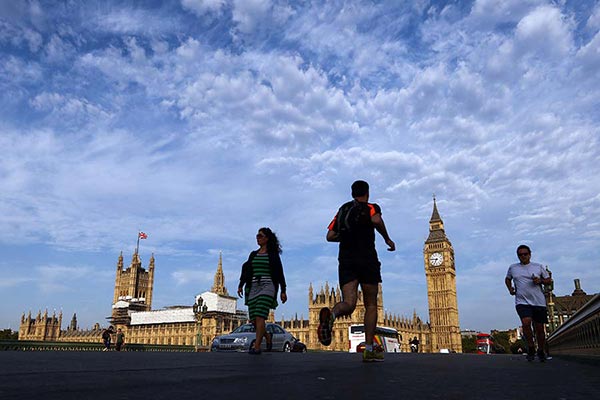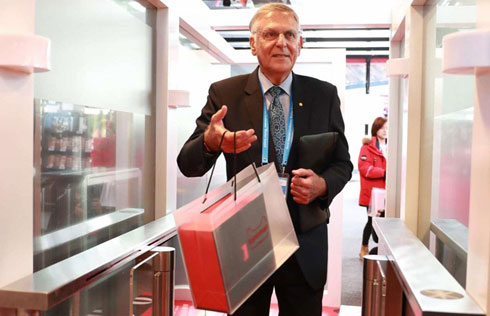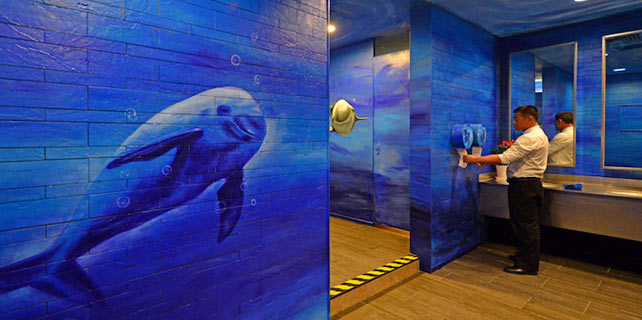Tianfu Greenway construction set to expand ecological development
Chengdu has accelerated the pace of green development, building a harmonious and livable city by constructing the Tianfu Greenway, part of its efforts to promote a higher quality of life for local residents.
Construction projects have been pushed ahead to make the city's sky blue, water clear, and landscapes green.
As one of the biggest city greening projects, Chengdu will build the system of greenways that stretches nearly 20,000 kilometers. Of that, 1,920 km lies on the city's outskirts, more than 5,000 km is in urban areas and 1,000 km runs through communities.
Construction of the 240 km Jinjiang Greenway, encircling Jinjiang River which flows through Chengdu, started on Dec 1. It will cover 10 counties and districts, said Liu Jian, director of the landscape department of Chengdu's urban and rural construction commission. 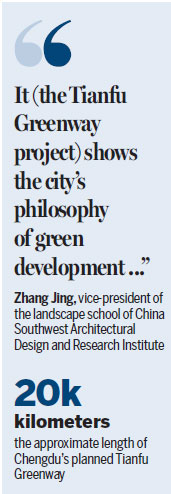
Zhang Jing, chief architect and vice-president of the landscape school of China Southwest Architectural Design and Research Institute, said the Tianfu Greenway project will link parks, natural reserves, historical heritage sites and communities, creating one whole to provide space for residents to relax, exercise and socialize.
"It shows the city's philosophy of green development, boosting the coordinated development of industries, city and people," Zhang said.
Wang Xiaoqi, vice-president of Chengdu Institute of Planning and Design, said each greenway trail has great ecological value.
For example, when the Jincheng Greenway is completed, the city will have an ecological park measuring 133 square kilometers, a 20 sq km water system, a 24 sq m urban forest, and protected farmland totaling 35 sq km, according to Wang.
Seventy percent of the Panda Greenway has been completed, which contains a themed park and a modern trail stretching 102 km. It will function as a space for cultural exhibition, scientific education, slow transportation, ecological landscape sightseeing, entertainment and physical exercises.
Wang said the greenways will help the city to optimize its spatial structure and boost the economic development of towns, industrial parks and other nearby economic areas.
By 2020, the Jinjiang Greenway project will complete construction on a riverside corridor and an industrial axis that is sustainable and integrated with culture, commerce and tourism.
Up to 100 million tourists are expected to visit the greenway every year by that time, creating 300,000 job opportunities, according to official estimates.
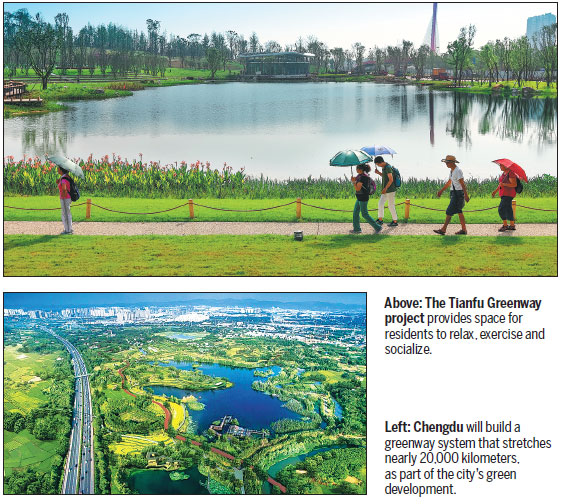
(China Daily 12/29/2017 page19)



